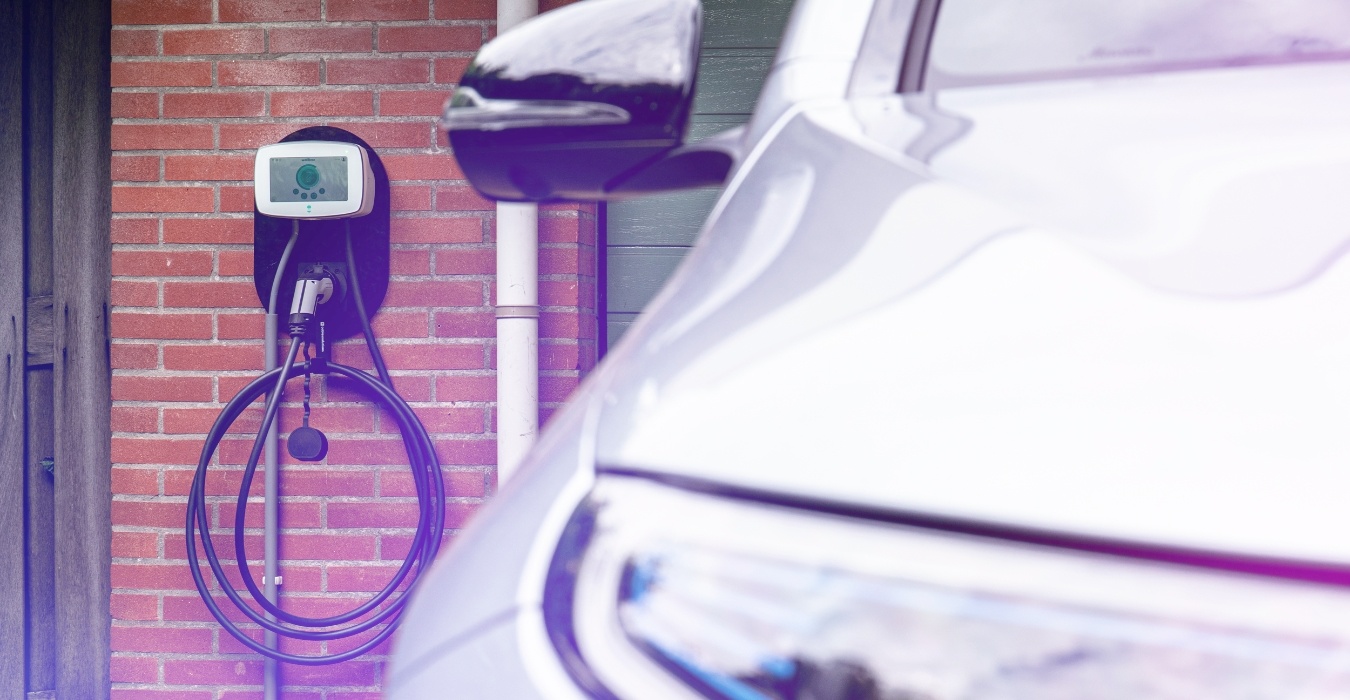
Note: This blog is about the Dutch subsidy schemes.
You probably already knew that electric cars are not only good for the environment, but also for your wallet. After all, there are no (high) fuel costs, and electricity is a lot cheaper than petrol or diesel. But which subsidy schemes are there at the moment, and what about the additional tax liability?
Let's start with the bad news first: although still lower than the additional tax rate for cars with combustion engines (22 percent), the additional tax rate for electric cars (Electric Vehicles = EV) is going up more and more. Whereas in 2019, the additional tax liability was 4 percent on an amount of EUR 50,000 (22 percent above that amount), in 2021 this percentage will be increased to 12 percent. The threshold amount has also been lowered gradually to 40,000 euros. In the coming years, the additional tax rate will be continuously increased to 16 percent (2022), 17 percent and finally 22 percent, which means that the additional tax rate for an EV will eventually be as high as for a conventionally powered car.
As mentioned, however, the energy costs (electricity instead of petrol/diesel) are much lower and so are the maintenance costs, because there are fewer moving parts in an EV and it is not necessary to change the oil, for example.
EV subsidy
There is more good news in the form of subsidy schemes for the purchase of an EV, whether for private or business use.
As a private individual, for example, you may be eligible for the Subsidy for Electric Cars for Private Individuals (SEPP). This is aimed primarily at the purchase of new and used EVs in the more compact segment, and is intended to compensate for the slightly higher purchase costs of an EV compared to an internal combustion engine car. For 2021 and 2022, the subsidy pot was quickly emptied, but from 3 January 2022 it is again possible to make use of it. Please note: the purchase or lease agreement of the car must be concluded in the same year as the subsidy is applied for.
The SEPP scheme runs until 1 July 2025, so for the time being it can be used. The amounts for EVs differ per year, but roughly speaking it is €3,000 for a new electric car and €2,000 for a used EV. Check the website of the RVO for the current subsidy amounts.
As said, the scheme is only meant for private persons, it concerns passenger cars. It does not matter whether the car is leased (private lease) or purchased. It is true that there is a maximum amount to be paid annually. In short: if the pot is empty, you have bad luck. The scheme applies to cars with a purchase price between 12,000 and 45,000 euro. And it only applies to cars that have left the factory as EVs, not to cars that have been subsequently converted to EVs.
5,000 euros purchase subsidy SEPP and SEBA
For company cars that are powered by an electric motor, an additional tax rate of 12 percent is applied up to a fiscal value of 40,000 euros. In addition, as a company you are entitled to up to 5,000 euros in purchase subsidy if you choose an electric company car within the framework of the Subsidy Scheme for Emission-Free Company Cars (SEBA). This makes it financially more attractive to purchase or lease an electric delivery van.
In addition, the number of environmental zones is growing rapidly, so with an electrically-powered van you are ready for the future. And that future is approaching sooner than you think, because from 2025 some Dutch cities, including Amsterdam, are expected to introduce emission-free zones for goods transport in their city centres. So if you need to be there regularly, it's not wise to buy a diesel-powered van now, because you'll only be able to use it for a few years.
Fortunately, the SEBA subsidy makes the purchase of electric delivery vans a little more bearable: entrepreneurs are entitled to a subsidy of up to 10 percent of the new price of the electric delivery van, with €5,000 as the maximum amount to be paid out. New electric delivery vans with vehicle code N1 and N2 and a maximum weight of 4,250 kg are eligible. Please note: the subsidy applies only to vans that are used for goods transport, so no use can be made of this scheme when purchasing a van for passenger transport.
MIA electric car
A number of years ago, the Environmental Investment Allowance (MIA) in combination with the VAMIL (depreciation of environmental investments) was still generous. Nowadays you can only make use of VAMIL in the case of a hydrogen-powered car. VAMIL no longer applies to electric cars. However, this does not apply to MIA. Up to EUR 40,000 you can still make use of 13.5% MIA in 2021. Check the RVO website for the current data. For every euro above 40,000 euro there is no MIA anymore. The MIA can be requested for a maximum of 10 cars. This was introduced for the first time in 2021.
When you apply for MIA, you can also include your charging station. You do need to be above the minimum investment amount. Please note: A charge point with several sockets counts as one charge point.




